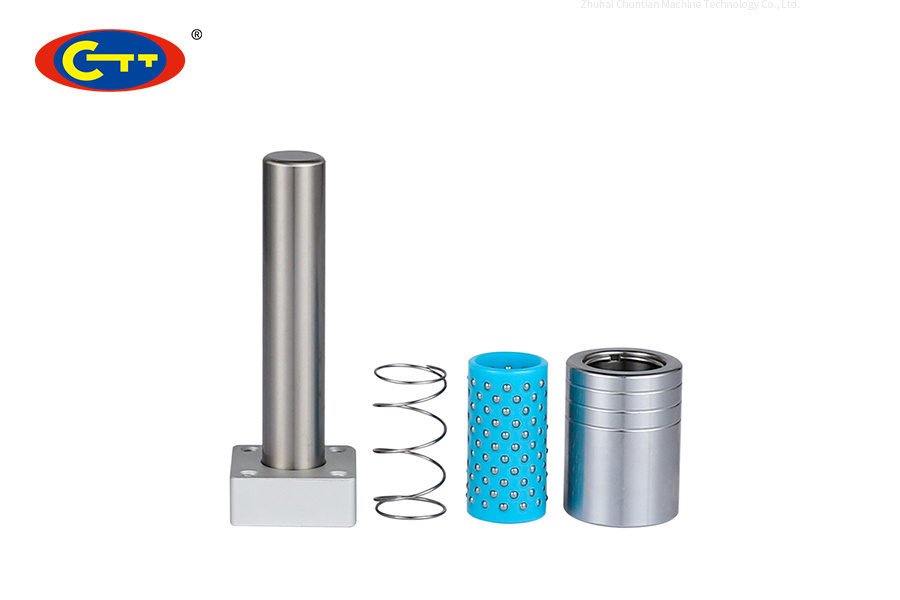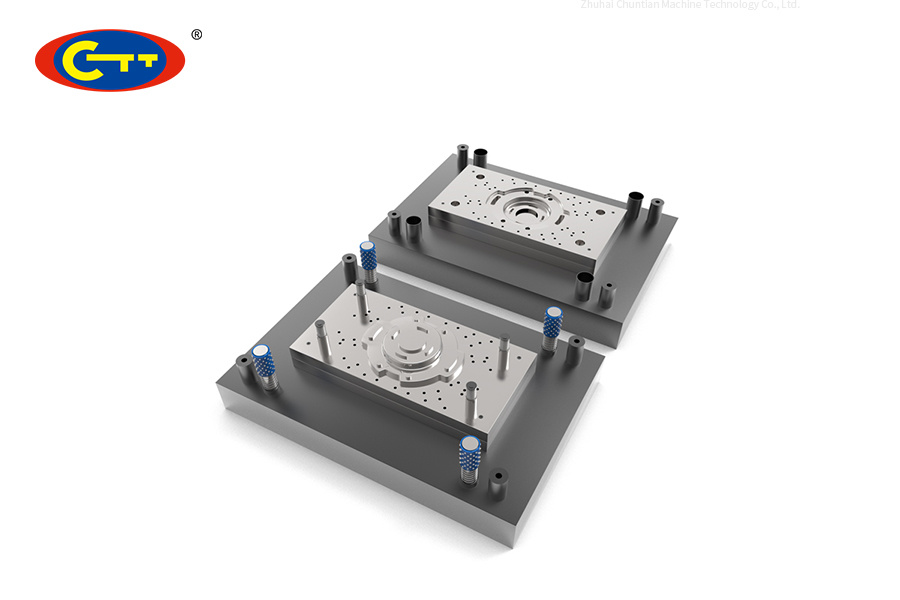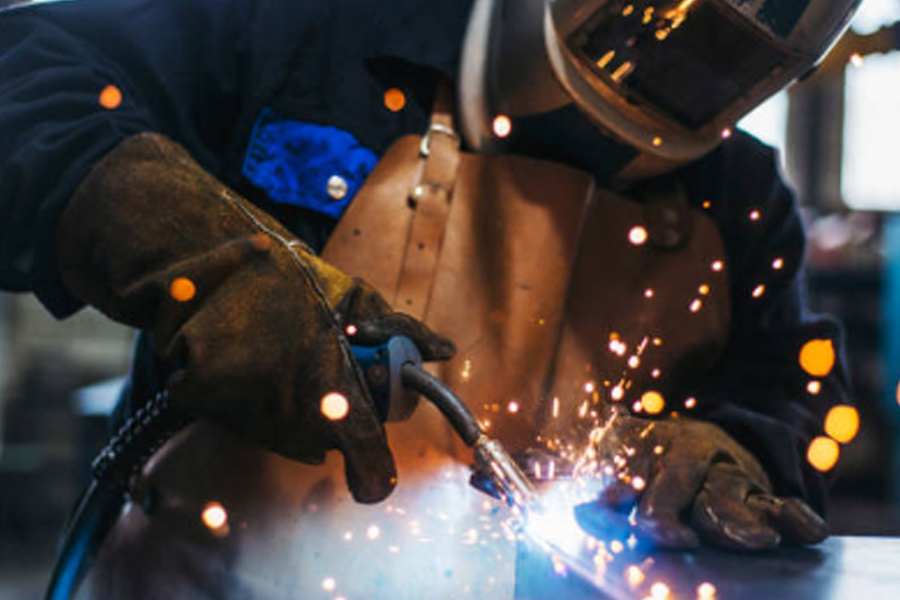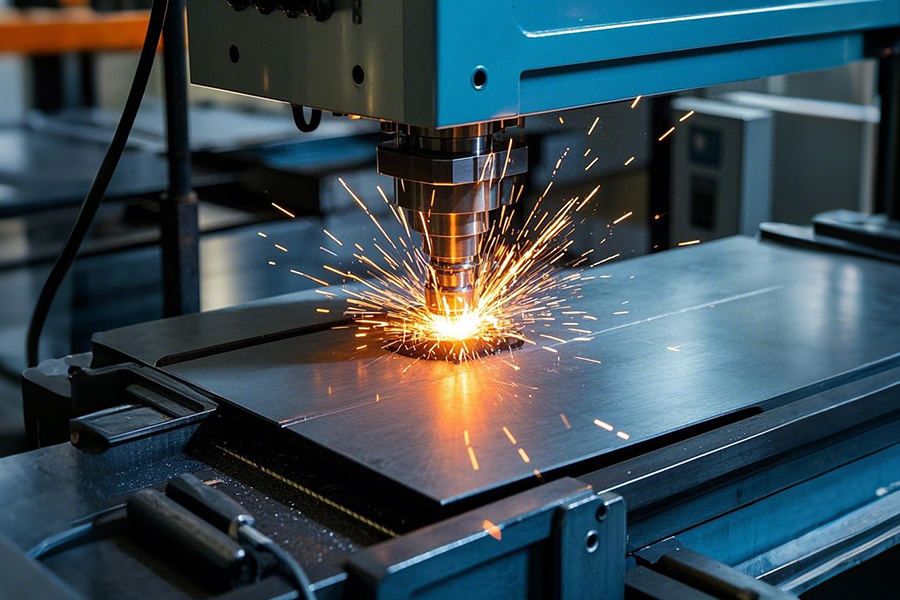Quality inspection: rationality of random inspection and full inspection
Release time:
2025-01-03
This article revolves around random inspection and full inspection of sheet metal processing quality inspection. Explain the quality points of each process, analyze the pros and cons of the two inspection methods, introduce the trade-off strategy of Zhuhai Chuntian Machinery Technology, and help readers understand how to reasonably choose the inspection method to ensure the quality and efficiency of sheet metal processing products.
In the field of sheet metal processing, ensuring product quality is crucial, and the choice of quality inspection method - random inspection and full inspection, has always been a topic of great concern and controversy in the industry.
Sheet metal processing covers multiple complex processes such as sheet metal stamping, welding, and bending. Taking sheet metal stamping as an example, factors such as mold accuracy, stamping pressure, and material performance may affect the quality of stamped parts, such as dimensional accuracy, shape deviation, surface flatness, etc. In the sheet metal welding process, the strength of the welded joint, the sealing of the weld, and the appearance quality are all key indicators. Any welding defects may cause safety hazards during the use of the product. The sheet metal bending process has strict requirements on the accuracy of the bending angle, the surface quality of the bend, and the position accuracy of the bending line.

For full inspection, as the name suggests, it is a comprehensive and detailed inspection of each sheet metal processing part. The advantage of this inspection method is that it can maximize the consistency and reliability of product quality. In some fields with extremely high quality requirements and high risk of product application scenarios, such as aerospace, medical equipment, etc., the quality of sheet metal parts is related to the safety and performance of the entire system. When Zhuhai Chuntian Machinery Technology provides sheet metal processing services for these high-end fields, it will use a full inspection method for key components. Through high-precision testing equipment, the size, shape, surface quality, mechanical properties, etc. of each part are fully inspected to ensure that no defective parts flow into the next process or are delivered to customers, thereby effectively avoiding the serious consequences caused by a single defective product and maintaining the company's reputation and customer trust.
However, full inspection is not perfect. Its inspection cost is high, not only requiring a lot of manpower, material resources and time, but also with the increase in the inspection workload, the inspectors may miss inspections or misjudge due to fatigue, reducing the accuracy of the inspection. For example, in large-scale sheet metal processing projects, if complex dimensional measurements and appearance inspections are performed on each bent part, it will greatly reduce production efficiency, increase production costs, and may even affect the delivery cycle.
Random inspection is to extract a certain number of samples from a batch of products for inspection, and infer the quality status of the entire batch of products through the quality assessment of the samples. In the large-scale production of sheet metal processing, such as the manufacture of home appliance housings, automobile body parts, etc., random inspection has obvious advantages. A reasonable sampling plan can greatly improve the testing efficiency and reduce the testing cost under the premise of ensuring a certain degree of testing accuracy. By applying statistical principles to determine the appropriate number of samples and sampling methods, it is possible to quickly discover the trend of quality problems in the production process, adjust and optimize the production process in a timely manner, and prevent the production of a large number of defective products.

However, there are certain risks in sampling, that is, there may be cases of missing unqualified products, especially when the sample is not representative enough or the sampling method is unscientific. If sheet metal parts with quality problems are misjudged as qualified and put into use, they may cause failures in the subsequent assembly and use process, causing problems such as increased after-sales costs and damaged brand image for the company.
In actual production, Zhuhai Chuntian Machinery Technology will comprehensively weigh the rationality of sampling and full inspection based on factors such as product characteristics, customer requirements, production scale, and cost-effectiveness. For newly developed products, unstable process stages, or key components with extremely high quality requirements, full inspection is given priority to ensure that product quality meets standards and accumulate quality data. When the product enters the stable mass production stage and the quality risk is relatively low, a scientific and reasonable sampling plan is adopted, combined with advanced online detection technology and quality control systems, to monitor quality fluctuations in the production process in real time, and promptly discover and solve potential problems, thereby ensuring product quality while maximizing production efficiency and economic benefits, promoting the sustainable development and progress of the sheet metal processing industry, and meeting the market demand for high-quality, low-cost sheet metal products.
Key Words






